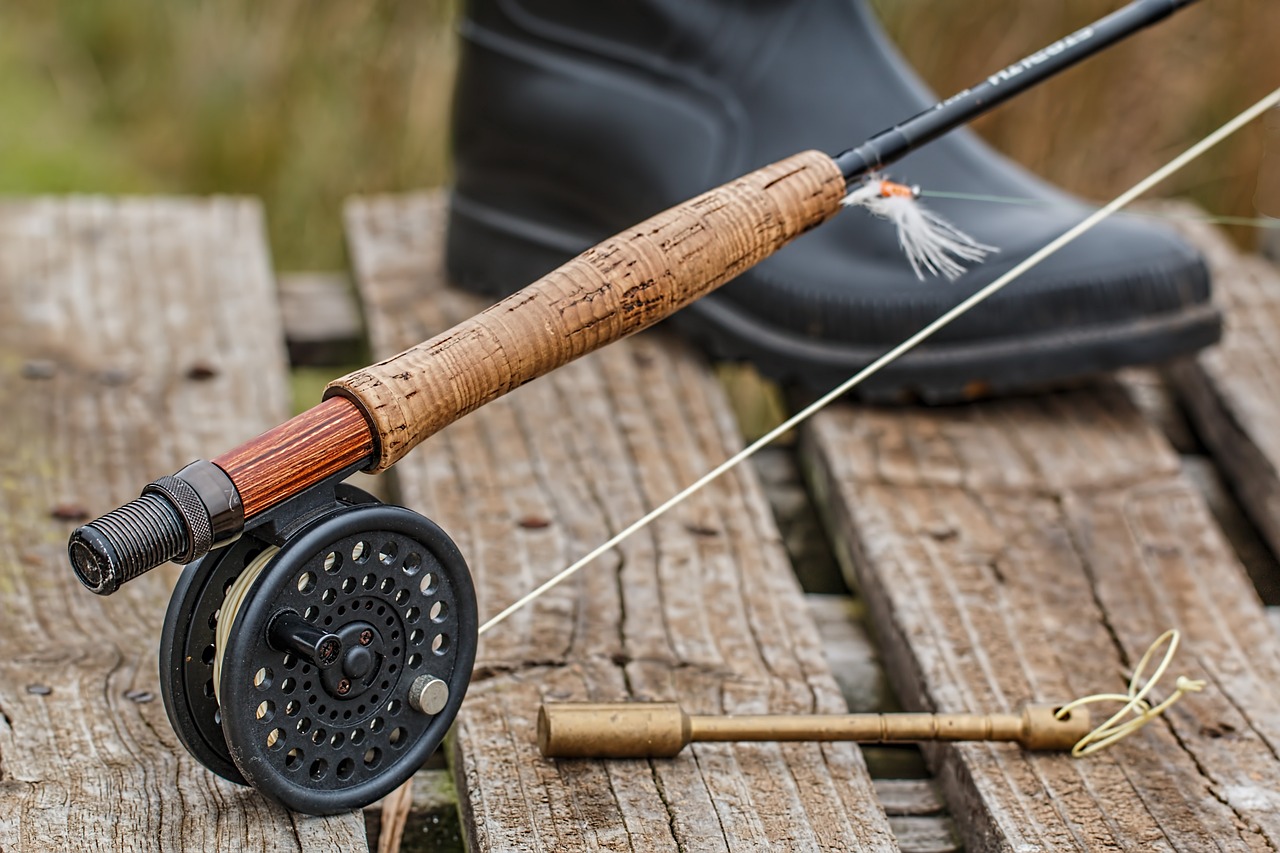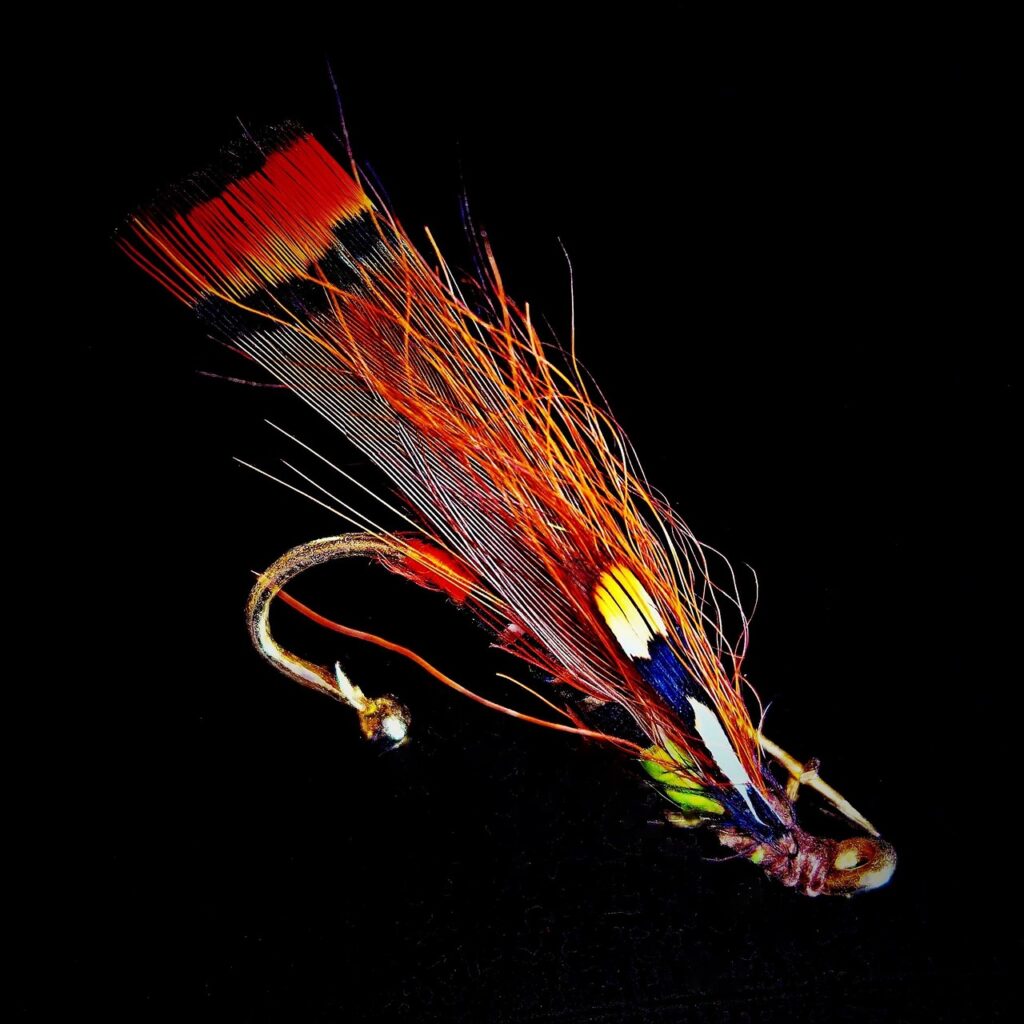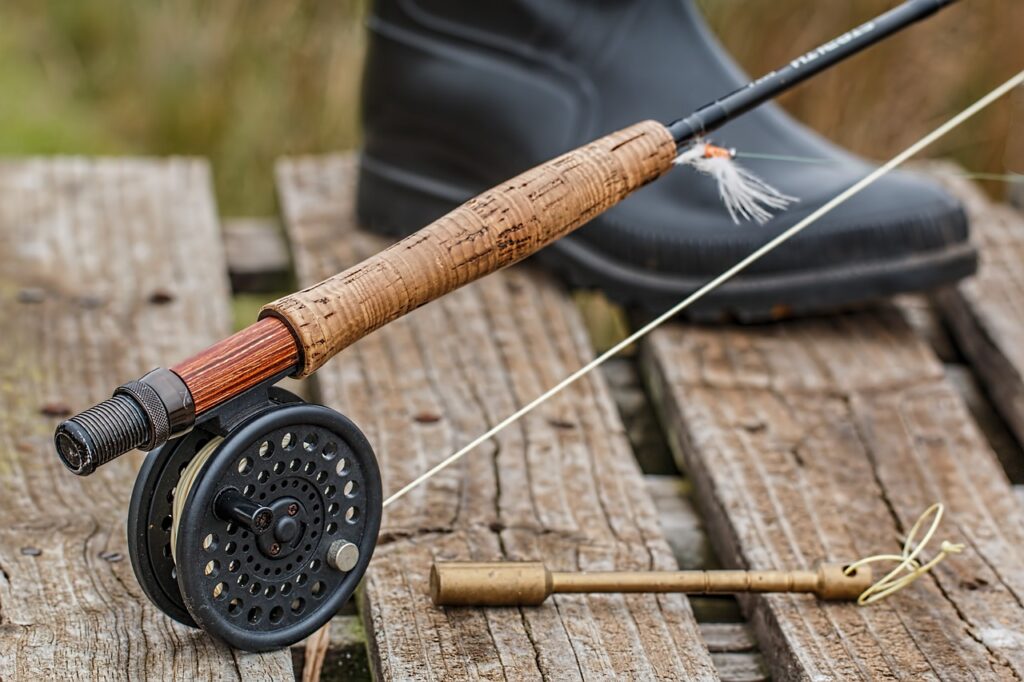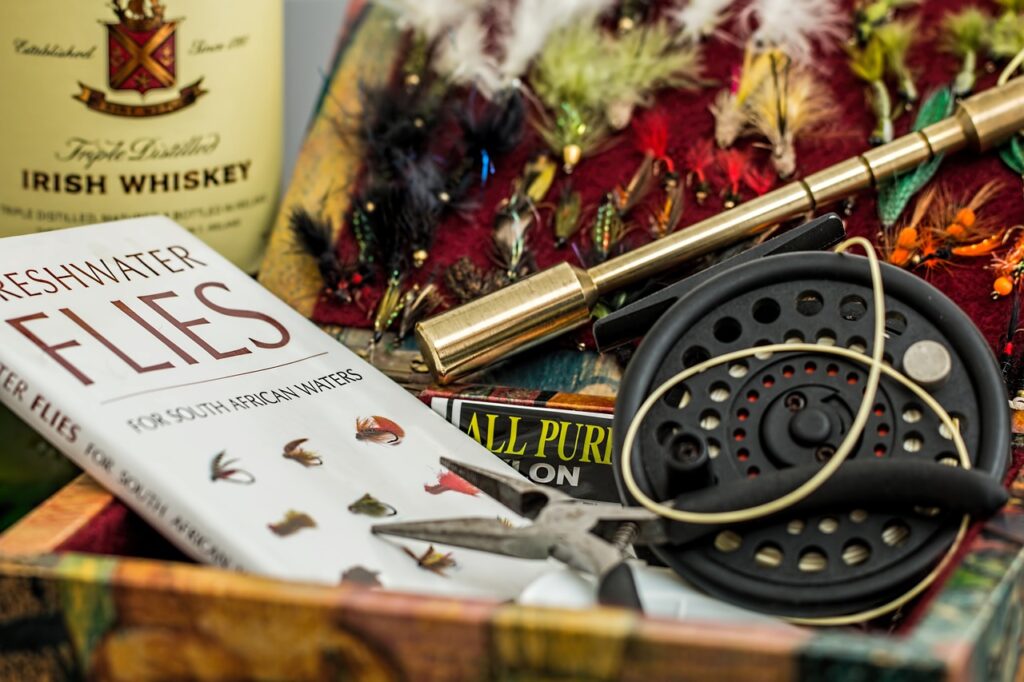
Welcome to the fascinating world of fly fishing! You may have heard the term “roll cast” thrown around but aren’t quite sure what it means. A roll cast is a casting technique used in fly fishing that allows you to make a quick, efficient cast without the need for a backcast. It’s a handy skill to have, especially in tight quarters or when dealing with obstacles behind you. Let’s dive into the ins and outs of the roll cast and master this valuable technique together! What is a roll cast?
Have you ever found yourself in a situation where you need to make a quick and efficient fly fishing cast? Perhaps you’re dealing with obstacles on the water, or you simply want to avoid false casting too much. In these scenarios, a roll cast can be incredibly useful. But what exactly is a roll cast, and how can you execute it effectively? Let’s dive into the world of roll casting and explore how you can improve your fly fishing skills with this versatile technique.

Understanding the Basics of a Roll Cast
A roll cast is a fly fishing technique used to present a fly without the need for a back cast. Instead of using a traditional back cast to load the rod and shoot the line forward, a roll cast relies on the water’s surface tension to load the rod and propel the line in the desired direction. This makes it an excellent option for situations where a back cast is impractical or impossible, such as when there’s limited space behind you or when you’re dealing with strong winds.
How Does a Roll Cast Work?
When you perform a roll cast, you start with the fly line and leader extended on the water’s surface in front of you. By lifting the rod tip and making a smooth, sweeping motion in the air, you create a D-loop of line behind you. As you bring the rod forward and stop it abruptly, the tension in the water loads the rod, allowing you to shoot the line forward and present your fly to the fish.
Roll casts are especially useful when you need to cast under low-hanging branches, around obstacles, or into tight spaces. By mastering the roll cast technique, you can become a more versatile angler and increase your chances of catching fish in challenging conditions.
Essential Equipment for Roll Casting
To successfully execute a roll cast, you need the right equipment. Here’s what you’ll need to get started:
| Equipment | Description |
|---|---|
| Fly Rod | Choose a rod with a moderate action for roll casting. |
| Fly Line | Opt for a weight-forward or double-taper line for ease of casting. |
| Leader and Tippet | Select a leader that matches the size of your fly and fish you’re targeting. |
| Flies | Have a selection of flies that imitate the insects in the water you’re fishing. |
| Accessories | Bring along essential tools such as nippers, forceps, and a net. |
By ensuring you have the right gear, you’ll set yourself up for success when practicing and mastering the roll cast technique.
Choosing the Right Fly Rod for Roll Casting
When it comes to roll casting, the type of fly rod you use can make a significant difference in your casting performance. Look for a rod with a moderate action, as these rods are more forgiving and easier to load with a roll cast. A rod with a softer action will allow you to make smoother, more controlled movements, resulting in better roll casts. Additionally, consider the length and weight of the rod to suit your casting preferences and fishing conditions.
Selecting the Best Fly Line for Roll Casting
The type of fly line you use can also impact the effectiveness of your roll cast. For roll casting, opt for a weight-forward or double-taper fly line. These lines are designed to facilitate better casting control and accuracy, making them ideal for executing roll casts with ease. Choose a line weight that matches your rod for optimal performance and efficiency on the water.
Using the Right Leader and Tippet Setup
In addition to your fly rod and line, having the proper leader and tippet setup is crucial for successful roll casting. Match your leader’s length and diameter to the size of the fly you’re using and the fish species you’re targeting. A longer leader with a thinner tippet is generally preferred for delicate presentations and stealthy approaches. Experiment with different leader and tippet configurations to find the setup that works best for your roll casting needs.
Mastering the Roll Cast Technique
Now that you understand the fundamentals of roll casting and have the right equipment in hand, it’s time to master the technique. Follow these steps to improve your roll casting skills and become a more efficient fly angler:
Step 1: Position Yourself Correctly
Before you begin the roll cast, make sure you’re in the right position. Position yourself so that the fly line and leader are extended in front of you on the water’s surface. Maintain a relaxed grip on the rod and stand with your feet shoulder-width apart for stability and balance.
Step 2: Form the D-Loop
To initiate the roll cast, lift the rod tip smoothly while keeping the fly line and leader in contact with the water’s surface. As you lift the rod tip, make a sweeping motion in the air to form a D-loop of line behind you. The size of the D-loop will determine the power and distance of your cast, so experiment with different rod angles and movements to find the right balance.
Step 3: Execute the Roll Cast
Once you’ve formed the D-loop, bring the rod forward in a controlled manner and stop it abruptly when it reaches the 11 o’clock position (for right-handed casters). The water’s surface tension will load the rod, and the stored energy will allow you to shoot the line forward with a flick of the wrist. Practice the timing and power application of your forward cast to achieve accurate and efficient roll casts.
Step 4: Follow Through
As you complete the forward cast, make sure to follow through with your rod tip to maintain line control and accuracy. Allow the fly to land softly on the water’s surface and be ready to adjust your presentation if needed. By maintaining a smooth and steady casting rhythm, you’ll improve your roll cast consistency and effectiveness on the water.
Common Mistakes to Avoid in Roll Casting
While roll casting can be a valuable technique in your fly fishing arsenal, it’s essential to be aware of common mistakes that can hinder your casting performance. Here are some pitfalls to watch out for when practicing roll casting:
| Mistake | Description |
|---|---|
| Rod Overloading | Applying too much power or force to the forward cast can overload the rod and lead to poor roll cast execution. |
| Inadequate D-Loop Size | A small or improperly formed D-loop can result in weak and inaccurate roll casts with limited distance and power. |
| Early Rod Stop | Stopping the rod too soon in the forward cast can prevent the rod from loading properly, resulting in a shortened cast and decreased accuracy. |
| Poor Follow-Through | Neglecting to follow through with the rod tip after the forward cast can lead to line tangles, missed presentations, and reduced casting efficiency. |
By recognizing and avoiding these common mistakes, you can improve your roll casting skills and achieve greater success on the water.

Advantages of Using a Roll Cast
Roll casting offers several advantages over traditional casting methods, making it a valuable technique for fly anglers of all skill levels. Here are some key benefits of using a roll cast in your fishing endeavors:
Limited Backcast Space
In situations where you have limited backcast space, such as tight riverbanks, overgrown vegetation, or crowded fishing areas, a roll cast allows you to cast efficiently without the need for a traditional back cast. By utilizing the water’s surface tension to load the rod, you can present your fly accurately and effectively in tight quarters.
Reduced False Casting
One of the main advantages of roll casting is the ability to minimize false casting, which can spook fish and waste valuable fishing time. With a roll cast, you can make fewer false casts and achieve smoother presentations, increasing your chances of enticing fish to strike your fly.
Windy Conditions
When faced with strong winds that disrupt your casting rhythm and accuracy, a roll cast can be a lifesaver. By using the water’s surface tension to assist with loading the rod, you can maintain better control and precision in windy conditions, allowing you to make accurate casts despite the challenging weather.
Improved Stealth and Presentation
Roll casting enables you to present your fly with greater stealth and finesse, ideal for fooling wary or selective fish. By using the water’s surface tension to generate casting power, you can deliver delicate presentations that mimic natural insect behavior, increasing your chances of hooking elusive fish species.
Practicing Roll Casting Techniques
To become proficient in roll casting, practice is key. Set aside time to hone your roll casting skills and experiment with different rod angles, power applications, and casting distances. Here are some tips to help you practice and improve your roll casting technique:
Practice on Still Water
Find a calm body of water, such as a pond or lake, to practice your roll casting technique without the distractions of moving currents or obstacles. Focus on forming tight D-loops, executing smooth forward casts, and achieving accurate fly presentations on still water before transitioning to flowing rivers or streams.
Use Targets for Accuracy
Set up targets, such as floating rings or markers, to improve your casting accuracy and precision. Practice casting to specific points and distances to develop your ability to place your fly where you want it and target fish effectively. By incorporating targets into your roll casting practice, you can enhance your casting skills and increase your angling success.
Seek Feedback and Guidance
Consider seeking feedback from experienced anglers or casting instructors to receive guidance on your roll casting technique. Attend casting clinics, workshops, or lessons to refine your casting mechanics, troubleshoot any issues, and gain valuable insights from seasoned professionals. By learning from others and seeking constructive feedback, you can accelerate your progress and become a proficient roll caster.

Conclusion
In conclusion, a roll cast is a versatile and valuable technique for fly anglers looking to improve their casting skills and overcome challenging fishing conditions. By mastering the basics of roll casting, selecting the right equipment, and practicing regularly, you can enhance your casting efficiency, accuracy, and presentation abilities on the water. Whether you’re casting under obstacles, in tight spaces, or against the wind, the roll cast can help you become a more versatile and successful angler. So why not practice your roll casting skills and see how this technique can elevate your fly fishing experience? Happy casting!